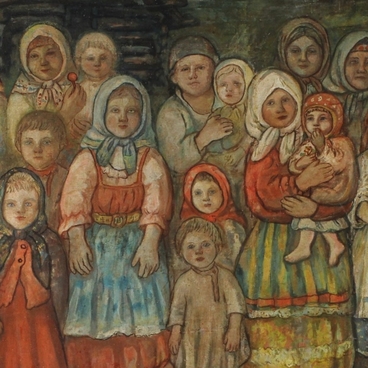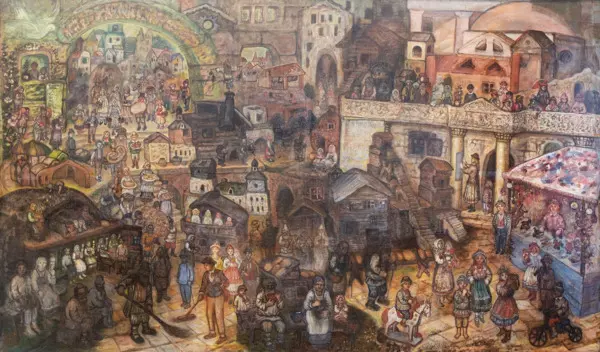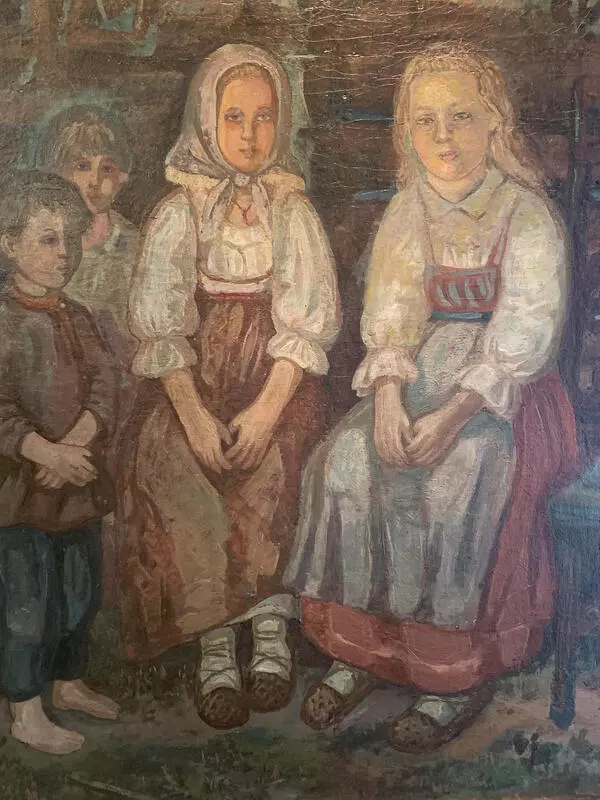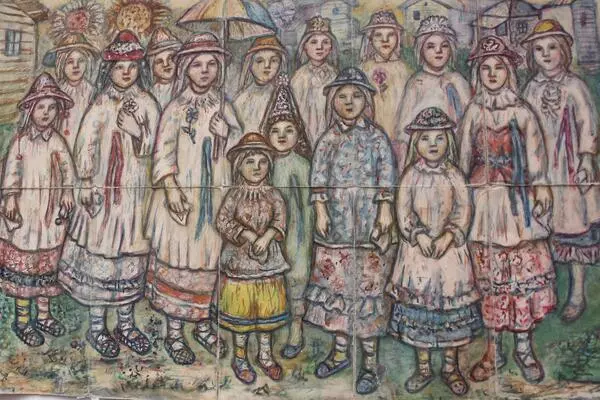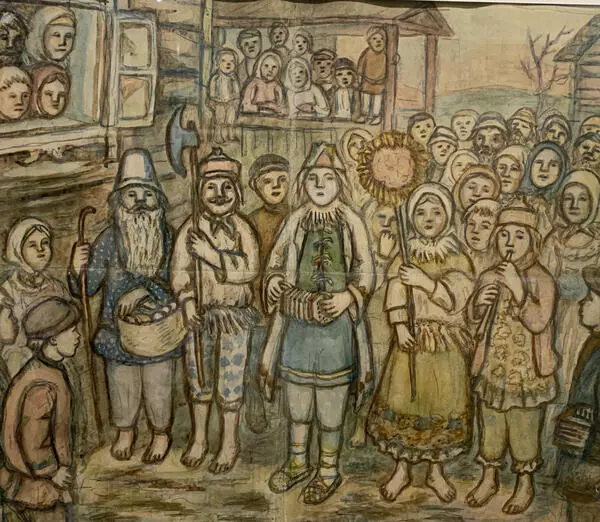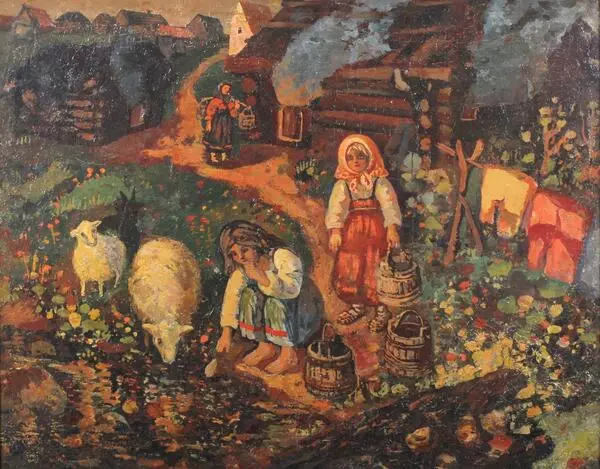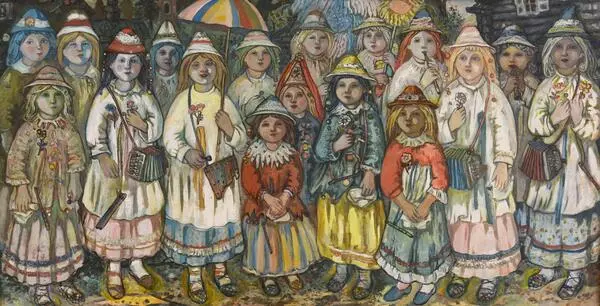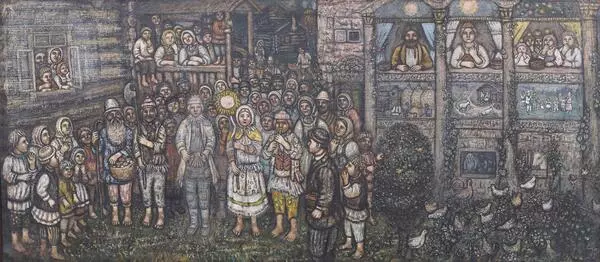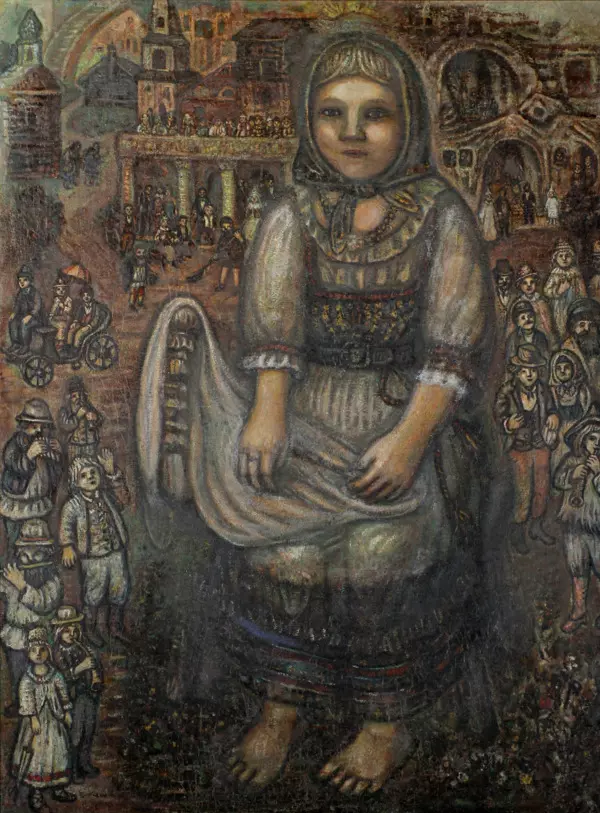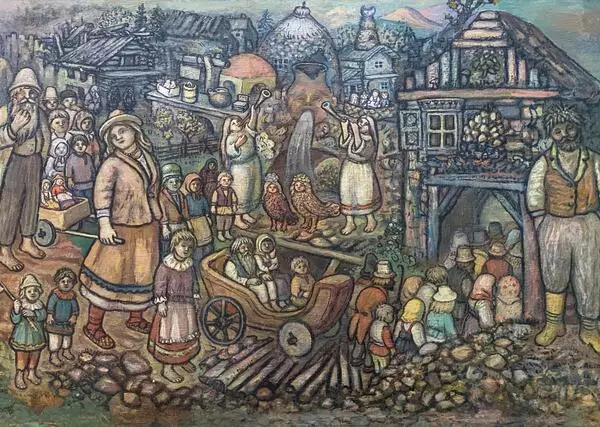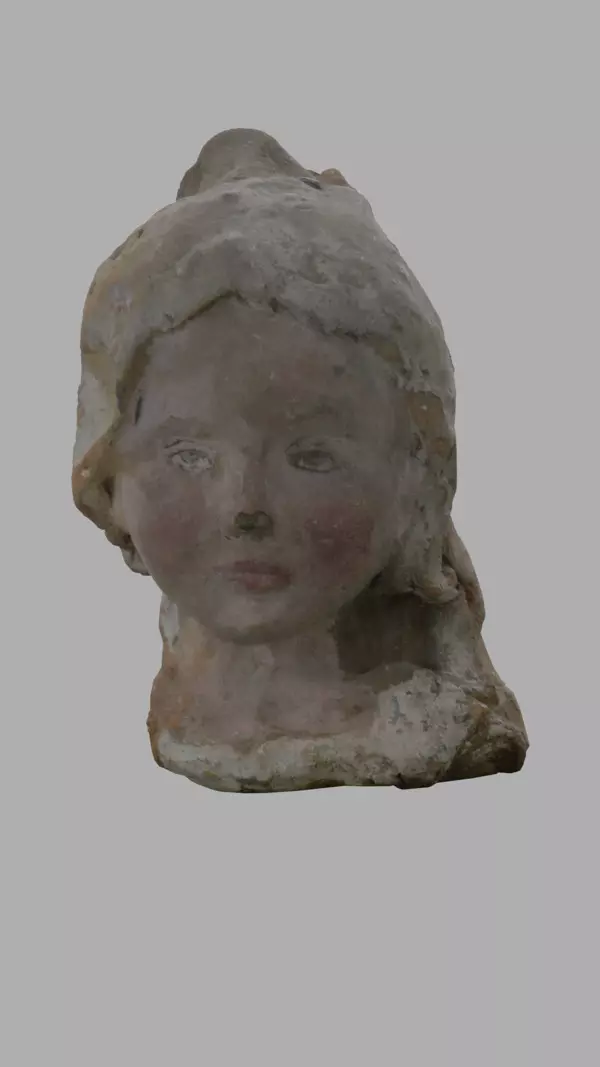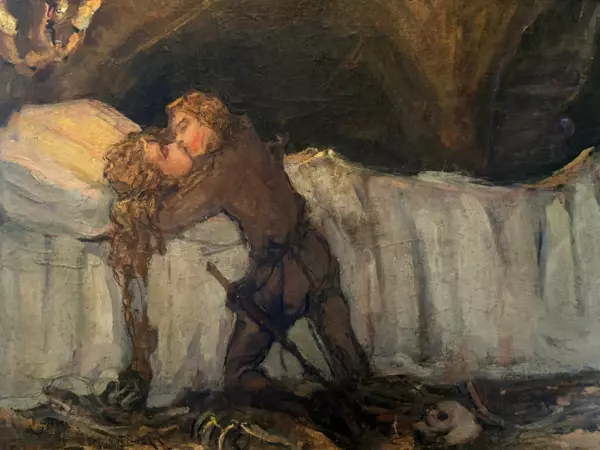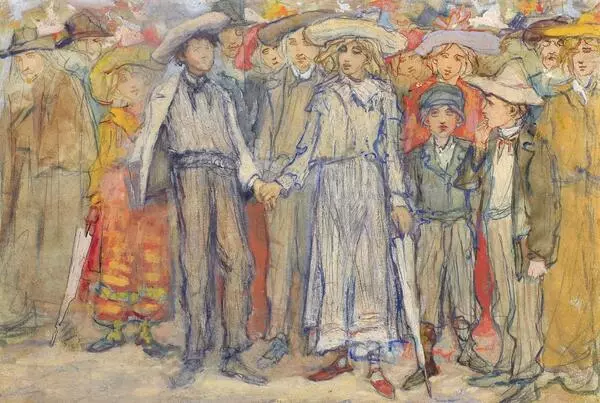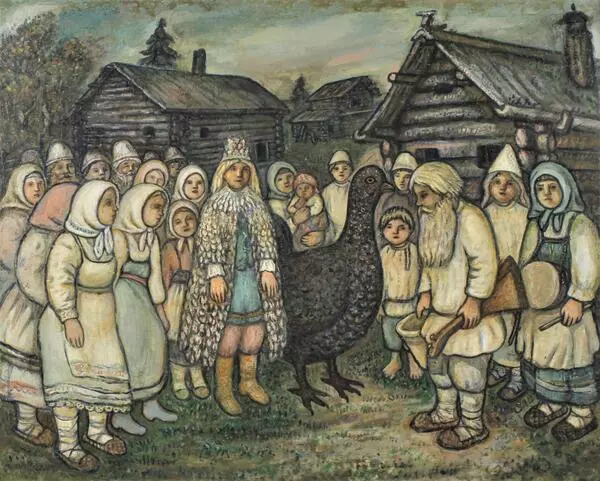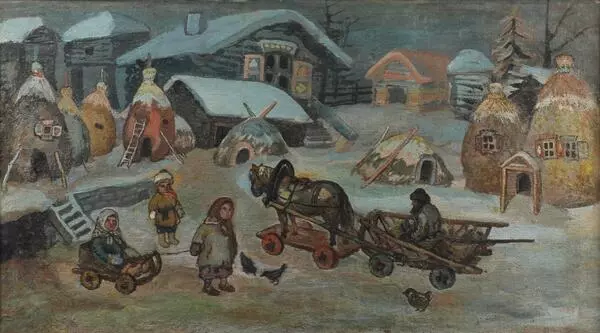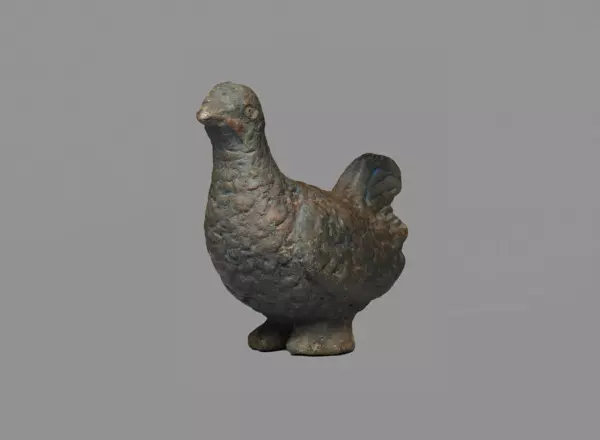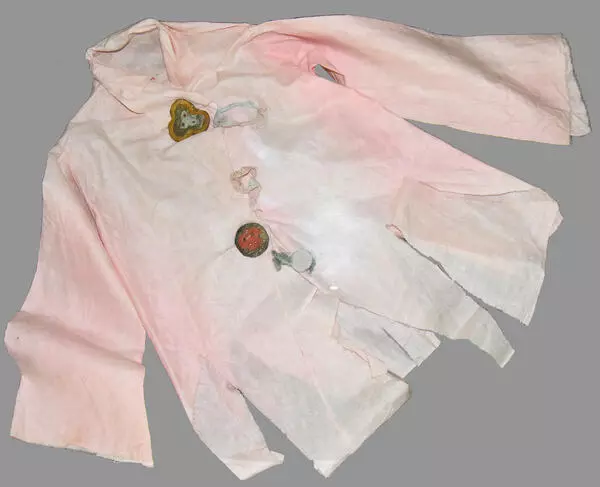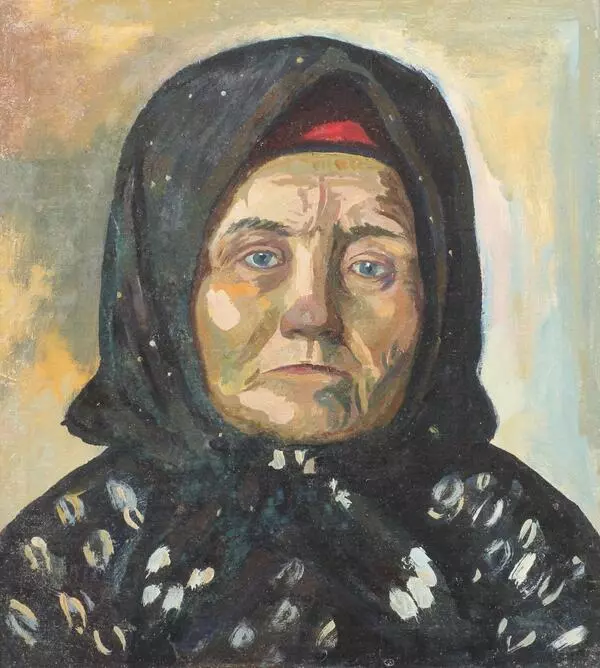Via his art, Yefim Chestnyakov found his own language of communication, which was extremely simple, clear and easy to read. Still, the apparent clarity and lack of complexity were only achievable within the framework of universal culture, which, in his eyes, he was building. All of his creations, including literary works, paintings and drawings, had roots in folk culture. The painting ‘Come, dearest matchmaker…’ is one of his art works dedicated to the theme of a peasant wedding, or more specifically a wedding feast.
We see festive-looking tables with simple village food and drinks, primarily pies, kvass, etc, in a fairly small peasant log house in the painting. The newly-weds are sitting humbly and bashfully near the sacred (red) corner. They are flanked by their parents on either side as well as guests who were invited for the celebration. The latter were called ‘svarebiana’ in Kologrivsky dialect, an expression that came from the local word for ‘wedding’. There are no children at the tables with the exception of one boy, possibly a relative who came from a far-away village. The rest of the crowd is watching, with interest, the ongoing festivities from the wooden gallery. On the left, in the corner, there are common folk who have came to have a look at the newlyweds.
Everyone who is standing appears not to fit on the canvas, which signifies the importance of this occasion. In the center of the painting, Yefim Chestnyakov depicted a prominent participant of such weddings, druzhka (the best man), who was not only responsible for all the arrangements but also other crucial tasks, such as paying the random for the bride and accompanying her to be wed. As a rule, a family man, known for his cheerful and sociable disposition, took on the role of druzhka. The artist wrote a line from a folk song, tied to the subject matter of the painting, at the bottom of the art work ‘Come, dearest matchmaker, join me, the best man, on the hardwood floor…’
Among Yefim Chestnyakov’s literary works, there is a poem that can help viewers understand the premise behind the painting.
“I opened the door of the house
And saw the light of the rushlight.
The groom and his guests
Were sitting at the table.
The bride, sitting next
To her intended,
Was bashfully covering
Her face with a konovadka.” (an embroidered veil of sorts)
“At the entrance under the gallery,
In the corner,
Women are standing in a group
And watching those feasting.
They are talking about gifts,
The different presents given by
Various people, some of which are not too bad.
The maidens are stifling laughter
With the palms of their hands “Hah, hah, hah…”.
Young men are sitting on the floor,
With their legs crossed,
As if apart from the others.
Under the gallery, on the bench,
There is absolutely no space,
Beautiful maidens and
Young men are all crowded together.’
We see festive-looking tables with simple village food and drinks, primarily pies, kvass, etc, in a fairly small peasant log house in the painting. The newly-weds are sitting humbly and bashfully near the sacred (red) corner. They are flanked by their parents on either side as well as guests who were invited for the celebration. The latter were called ‘svarebiana’ in Kologrivsky dialect, an expression that came from the local word for ‘wedding’. There are no children at the tables with the exception of one boy, possibly a relative who came from a far-away village. The rest of the crowd is watching, with interest, the ongoing festivities from the wooden gallery. On the left, in the corner, there are common folk who have came to have a look at the newlyweds.
Everyone who is standing appears not to fit on the canvas, which signifies the importance of this occasion. In the center of the painting, Yefim Chestnyakov depicted a prominent participant of such weddings, druzhka (the best man), who was not only responsible for all the arrangements but also other crucial tasks, such as paying the random for the bride and accompanying her to be wed. As a rule, a family man, known for his cheerful and sociable disposition, took on the role of druzhka. The artist wrote a line from a folk song, tied to the subject matter of the painting, at the bottom of the art work ‘Come, dearest matchmaker, join me, the best man, on the hardwood floor…’
Among Yefim Chestnyakov’s literary works, there is a poem that can help viewers understand the premise behind the painting.
“I opened the door of the house
And saw the light of the rushlight.
The groom and his guests
Were sitting at the table.
The bride, sitting next
To her intended,
Was bashfully covering
Her face with a konovadka.” (an embroidered veil of sorts)
“At the entrance under the gallery,
In the corner,
Women are standing in a group
And watching those feasting.
They are talking about gifts,
The different presents given by
Various people, some of which are not too bad.
The maidens are stifling laughter
With the palms of their hands “Hah, hah, hah…”.
Young men are sitting on the floor,
With their legs crossed,
As if apart from the others.
Under the gallery, on the bench,
There is absolutely no space,
Beautiful maidens and
Young men are all crowded together.’


